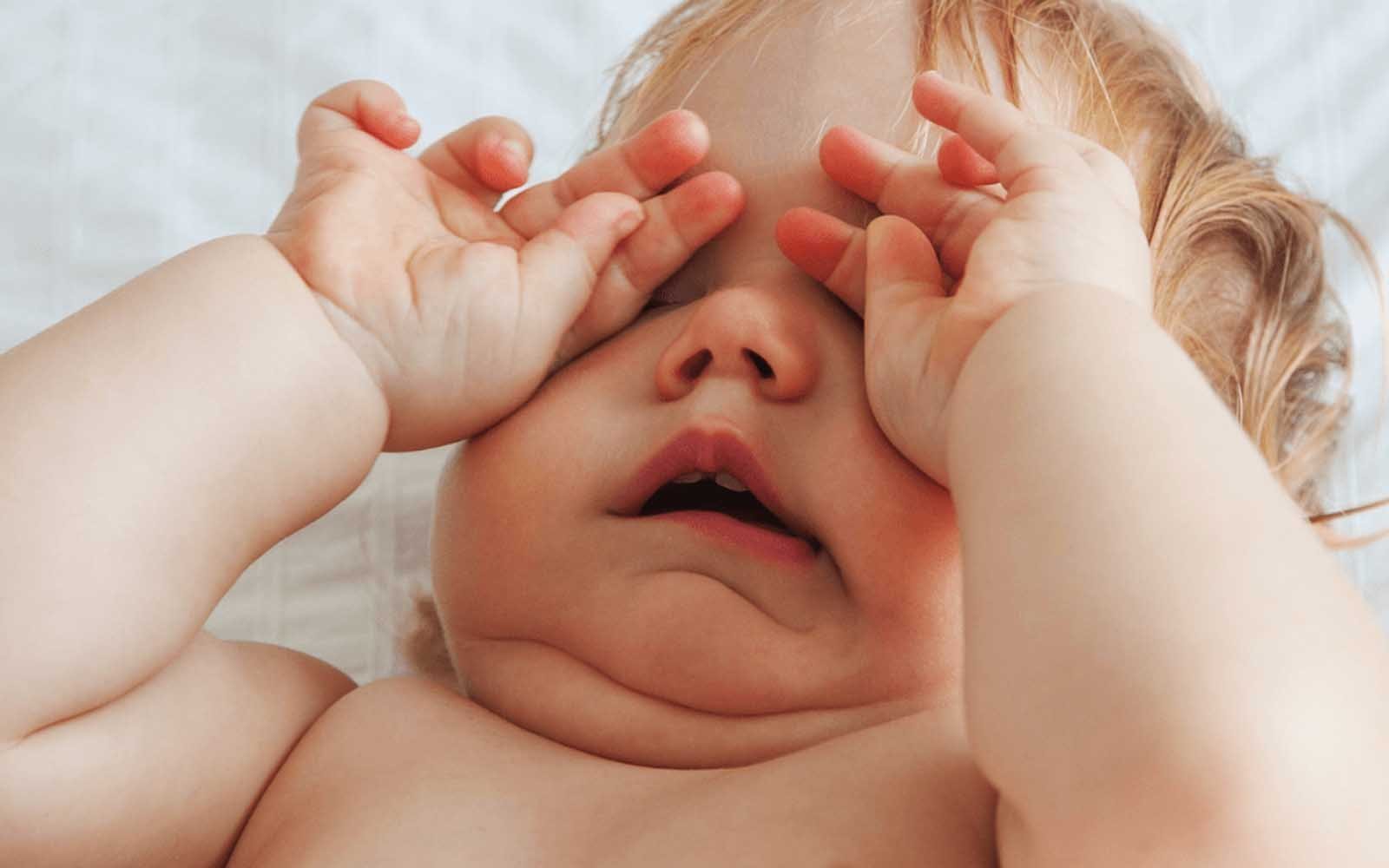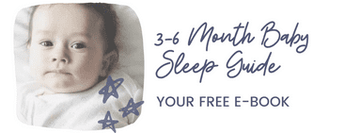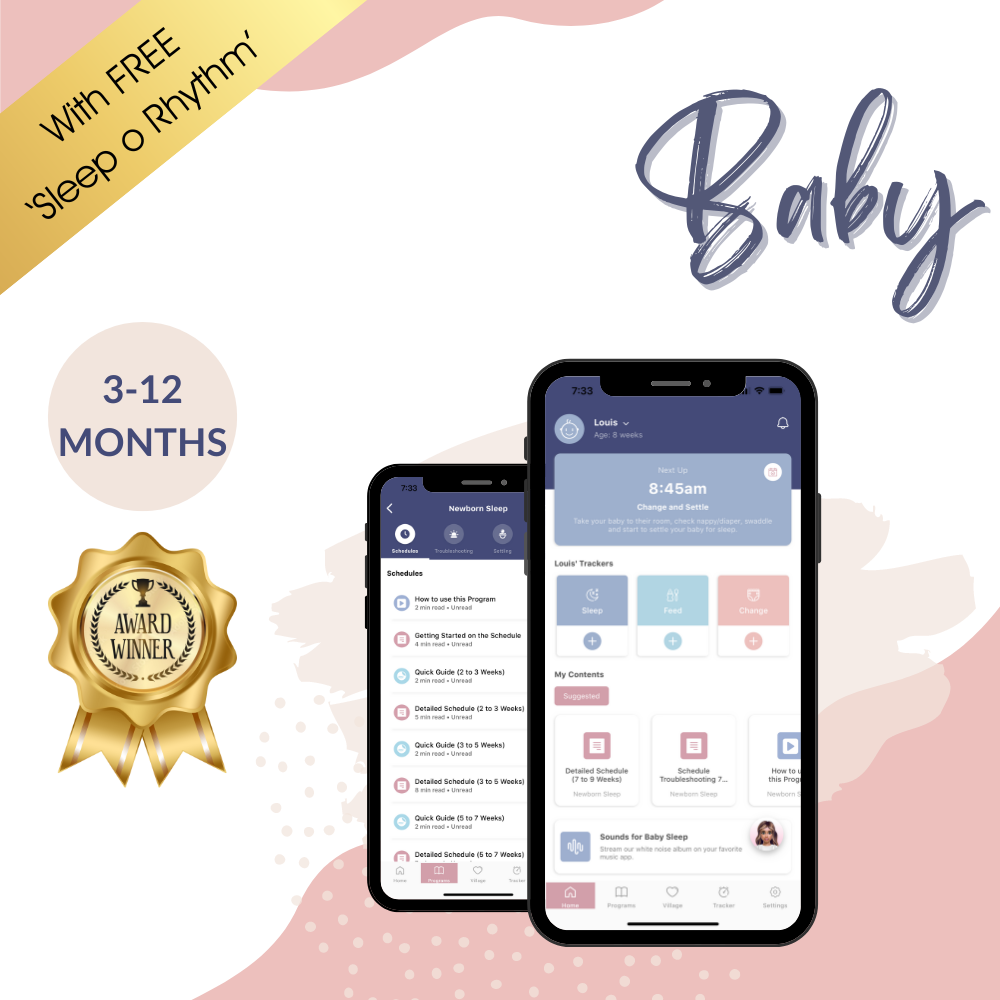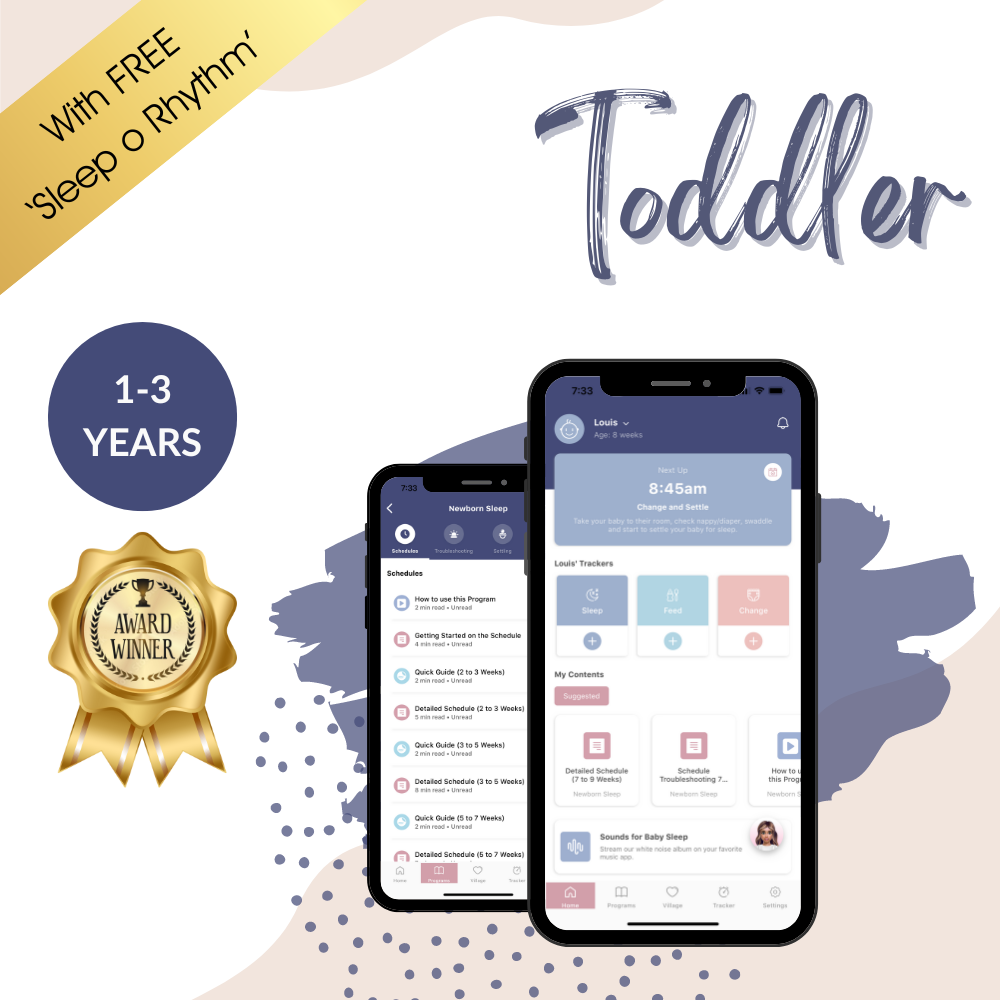
Is Catnapping Bad for Babies? What You Need to Know
Catnapping is a big, big, topic and it is important to preface this article by saying catnapping is a very normal developmental stage that every baby will go through at some point.
Catnapping isn't "bad", as such; bad is the wrong word. We don't really like to say that anything with baby or toddler sleep is "bad", because it's often just about what can be developmentally normal for a baby or what is working for you and your family.
Catnapping is, in fact, quite heavily linked to the massive change in your baby's sleep cycles that happens around four months old (although it can certainly be happening prior to four months as well). So if your baby is an expert catnapper and you'd like to learn more, read on...
In this article:
- What is a catnapping?
- Is catnapping "bad" for your baby?
- What causes catnapping?
- How can we improve catnapping?
Feeling confused about your baby's sleep needs?
Let our sleep experts help you every step of the way. Together we can solve your little one's sleep challenges
Get our Sleep Programs
What exactly is catnapping?
When we're talking about catnapping, we're talking about a baby only napping for one sleep cycle at a time, which is around 40 to 45 minutes during the day. They will nap for that long and then have a period of awake time, then later have another 45-minute nap followed by another wakeful period. So they're not having longer chunks of consolidated sleep during the day or connecting sleep cycles, just lots of short "cat naps".
If your baby isn't sleeping for a full sleep cycle and instead, is waking after just 10, 20, 30 minutes, this points to something bothering them and causing them to wake, which is different to the developmental catnapping stage that we're focusing on in this article. To get to the bottom of why your baby is waking BEFORE the end of their sleep cycle, read THIS article.

Is catnapping "bad" for your baby?
Instead of saying catnapping is "bad" we prefer to say it's unsustainable for most families, especially long term.
When a baby catnaps throughout the day, they're not connecting sleep cycles and therefore not getting the chance to have a longer, more restorative nap of over an hour, during which lots of important things happen in their brain and body. So across the span of a day, they will usually wind up very overtired. An overtired baby will be cranky, difficult to settle and will usually sleep worse overnight as a result.
However, some catnapping babies will be so exhausted by bedtime that they just crash and sleep really well overnight. In this case, you might be feeling okay about your baby's short naps during the day, since they are sleeping so well at night!
I hate to be the bearer of bad news but that good night sleep is often short-lived. Prolonged catnapping will eventually start to wreak havoc with a baby's night sleep and then you're left with a poor night sleeper AND a poor napper during the day!
What causes catnapping?
Melatonin
If your baby is around eight weeks old when they start catnapping, this is usually due to the maternal melatonin now fully having left their system and their body is starting to produce its own melatonin. Melatonin is the sleep hormone that helps us to fall asleep and stay asleep.
A fun fact about melatonin is that it is only produced in the dark. So that's why at around eight weeks old, your baby now needs to start napping in a dark room so that their body can produce and release this sleep hormone, in order for them to nap for longer than one sleep cycle.
Say goodbye to sleepless nights.
Join over 800,000 families worldwide who are enjoying excellent sleep with our Sleep Programs, created by experts in the field of pediatric sleep.
Get our Sleep Programs
Hunger
Another reason your baby might be catnapping around this age (and certainly for younger babies too), is if they are still hungry. If your baby is not feeding very efficiently, they might only nap in short stints because they are genuinely hungry. This is more common with babies who have a tongue tie, reflux or bad wind, or babies who are habitual snack feeders.
Startle reflex
If young babies are not swaddled, their startle reflex can cause them to wake fully when they're coming into lighter sleep at the end of their sleep cycle. Most babies start to lose their startle reflex around 5 months old so we recommend swaddling your baby until then, or until they are rolling, whichever comes first.
Awake Windows
Another reason that a baby of any age might be only catnapping during the day is because their awake windows are too short. This means they're not staying awake for long enough between naps to get tired enough for a longer sleep.
So if your baby is say, 12 weeks old and they're only staying awake for one hour between naps, that's far too short for their age! They're not going to be stimulated enough or tired enough to sleep for longer than the one sleep cycle at their next nap.
Your baby's awake windows will change quite frequently in their first 6 months and it can be hard to keep up... but that's where we can help! Our Sleep Programs include evolving, age-appropriate sleep schedules to help you stay on top of your baby's changing sleep needs.
Settling Ability and Connecting Sleep Cycles
The last factor that really heavily affects whether your baby is a catnapper or not is their settling ability once they reach around four months old. When your baby hits the 4 month sleep regression, they will come to rely so heavily on whatever method they use to go to sleep at the start of their nap, that they need that same method replicated between sleep cycles in order to nap for longer.
This means that if you are rocking, feeding or patting your baby to sleep for every nap, they will wake completely after their first sleep cycle of 35-45 minutes and need you to rock, feed or pat them back to sleep again. They're not going to go back to sleep on their own, simply because they don't know how to do that yet!
This sleep maturation signals that your baby is ready to start learning the skill of falling asleep independently, or self-settling. It's around this age that we can start to very gradually guide our babies towards self-settling, so that they're able to go into their crib, nice and ready for sleep and fall asleep without our assistance. Then, when they wake between sleep cycles, they will be able to go back to sleep for a longer, more restorative nap.
Let's get your little one's sleep sorted ASAP!Our award-winning Sleep Programs will solve your baby's sleep challenges in no time.
Get our Sleep Programs
Pacifiers
These come into the settling category too because if your baby relies on sucking a pacifier, they're not going to be able to go back to sleep between sleep cycles without it. So if the pacifier falls out during their sleep and they aren't able to replace it, you will likely find that they wake fully at the end of their sleep cycle and need you to replace the pacifier for them before they can go back to sleep.
If your baby has a pacifier for naps and is under 7-8 months, you might want to think about getting rid of the pacifier to encourage them to nap for longer. We have an article that can help with that HERE. If your baby is over 7-8 months though, you can teach them to replace the pacifier themselves!
How can we improve catnapping?
Catnapping is something all babies will do at some point. If your baby didn't start catnapping around 8 weeks old, then chances are they will start around 3-4 months of age, as this is when that permanent change in your baby's sleep cycles occurs.
It's how you respond to these changes in your baby's sleep that determines how long the catnapping lasts! Some easy steps to improve catnapping are mentioned above with the use of a dark room, a swaddle for younger babies, age-appropriate awake windows and guiding your little one to falling asleep independently.
Some other things that can help are:
Play continuous white noise
White noise triggers a calming response in your baby's brain and can encourage them to nap for longer. We've got a really good white noise album available, that helps to settle babies to sleep and transition between sleep cycles. Play the white noise about as loud as a shower for all your baby's naps and overnight sleep too.
Resettle your baby
If your baby is under 6 months old and wakes after one sleep cycle, try actively resettling them back to sleep. Stay in their dark room, keep the white noise going and resettle them with patting, feeding or rocking, into another sleep cycle if you can. This will help to teach them that they need to sleep for longer.
If your baby is over 6 months old, going into their room can signal to them that it's time to get up - which is the exact opposite of what you are trying to achieve! If your baby is happy in their bed, the best thing you can do is give them a chance to resettle themselves back to sleep without your help. If they start to get upset or haven't resettled after 20-30 minutes, get them up and continue with your day.
Rouse to Sleep
This is a cool little trick for getting your little one to transition into their next sleep cycle rather than waking. Go into your baby's room 10-15 minutes before they normally wake and rouse them gently by patting their arm or stroking their head - just enough that they stir but don't wake. They should then resettle into another full sleep cycle. It sounds scary but it works!
In summary...
When it comes to the question of whether catnapping is "bad" for your baby, the answer is no. It's not "bad", but it's probably not sustainable either.
Catnapping can signal that there are other things bothering your baby, like hunger or not enough awake time. It can signal that your baby needs a change in their nap schedule or their sleep environment. It can signal that your baby is ready to learn to fall asleep independently.
If you don't mind your baby having three or four 45 minute naps during the day and they are still sleeping well overnight, then clearly, catnapping is not bad for you!
If that's not the case though and you'd like to improve the napping situation in your house, we can help. Our Little Ones App gives you instant access to our trusted Sleep Programs, which include age-appropriate nap schedules for your baby's developmental stage, gentle self-settling methods and more!
----------
Bibliography
http://www.parentingscience.com/baby-sleep-chart.html
http://www.parentingscience.com/baby-sleep-requirements.html
https://www.ncbi.nlm.nih.gov/pmc/articles/PMC5440010/
https://www.ncbi.nlm.nih.gov/pubmed/26035139
https://www.ncbi.nlm.nih.gov/pubmed/28303945
https://www.ncbi.nlm.nih.gov/pubmed?cmd=historysearch&querykey=15

Receive product and services updates, promotional offers and other marketing communications based.





